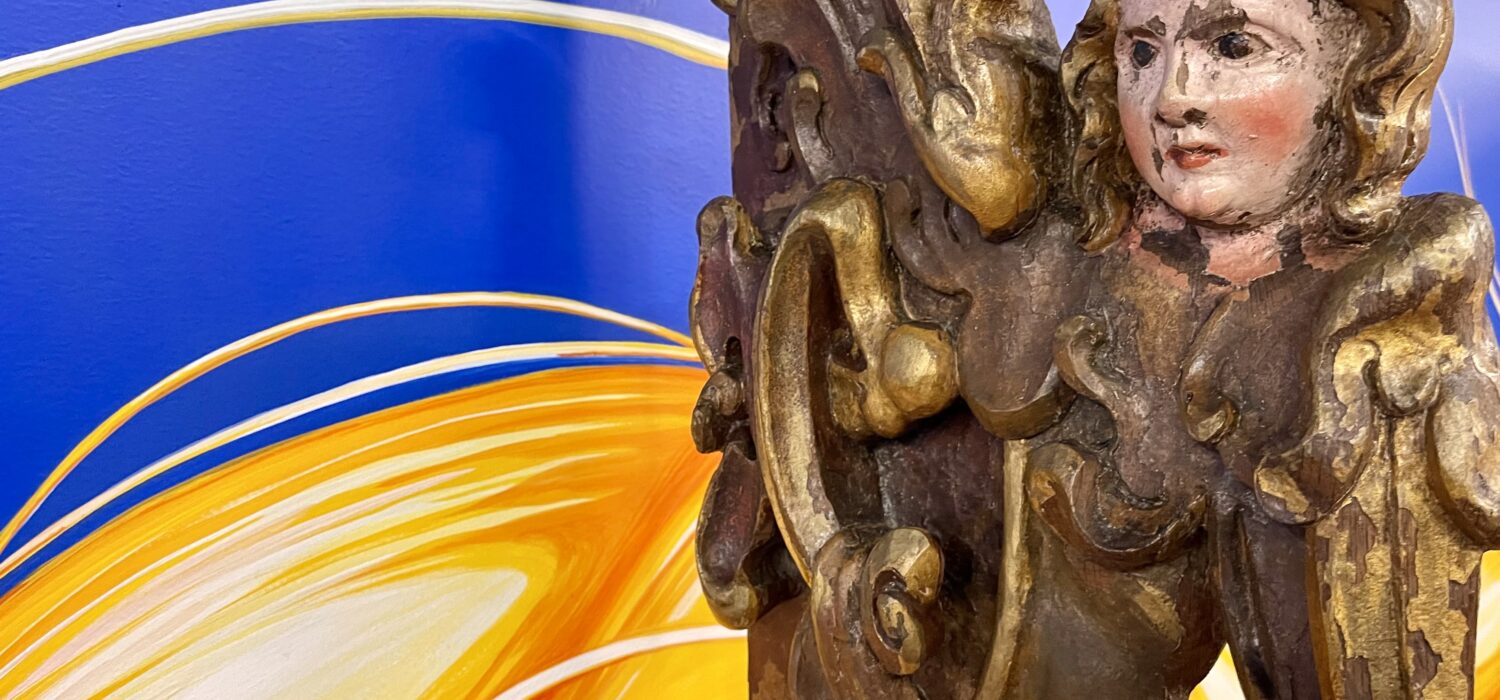16th - 17th century
Religion and folklore have always been characterised by paradoxes. Rarely has this been more evident than in the period we are now examining.
Between 1608 and 1664, ten women and two men from Stavanger were convicted of witchcraft and sorcery. They were either thrown alive onto large bonfires or beheaded at Bjergsted. The entire population had to attend and witness these executions.
The witch trials often took place during times of decline and typically originated from neighbourly disputes. However, the processes were directed and partly driven by local authorities and the clergy, who could refer to mandates from the king and justify their actions with biblical texts.
While these brutal acts were being carried out, the churches were simultaneously being adorned with the most beautiful works of art to honour God and those in power in the town.
Religion touched most aspects of people’s lives. Therefore, the shift from Catholic to Protestant faith—the Reformation—was a very significant event during this period. The ideas of the German Martin Luther divided Europe into two: the Catholic south and the Protestant north. In 1537, the Reformation reached Denmark-Norway. Consequently, Catholic symbols had to be removed from churches, such as relics and images of saints. In Stavanger, St. Swithun’s relics were removed from the cathedral. Additionally, the Pope in Rome had to relinquish property and power in Norway to the Danish king, who now tightened his grip on his northern province. As a result, Stavanger got Danish bishops, mayors, and lords.
The Reformation was a violent conflict that exploded in the Thirty Years' War (1618 - 1648)—the largest war Europe had seen until then. Many fled north from the war-torn continent, including artisans. Thus, it came to be that many churches in Stavanger were decorated by the German painter Peiter Reimers, the German sculptor Peiter Nielsen, and the Polish Gottfried Hendtzschel.
Their artistic style was Baroque, which played on contrasts: light and dark, right and wrong, good and evil. Originally, it was the Catholics in Southern Europe who developed Baroque as an art form. Paradoxically, the style was adopted by Protestants in the north. Here, the Baroque carvings quickly became a suitable propaganda tool, hammering home the cause of Protestantism and royal power.
In the new, Protestant Denmark-Norway, Catholic faith was associated with witchcraft. Therefore, the king considered it his duty to God to remove this “poison” from his kingdom. New laws and brutal methods of punishment hit women particularly hard. Written sources describe gruesome torture for the accused and brutal executions for the convicted. In Norway, over 300 people were executed for witchcraft, around 50 men and 250 women. Trau-Astri was one of the twelve from Stavanger
